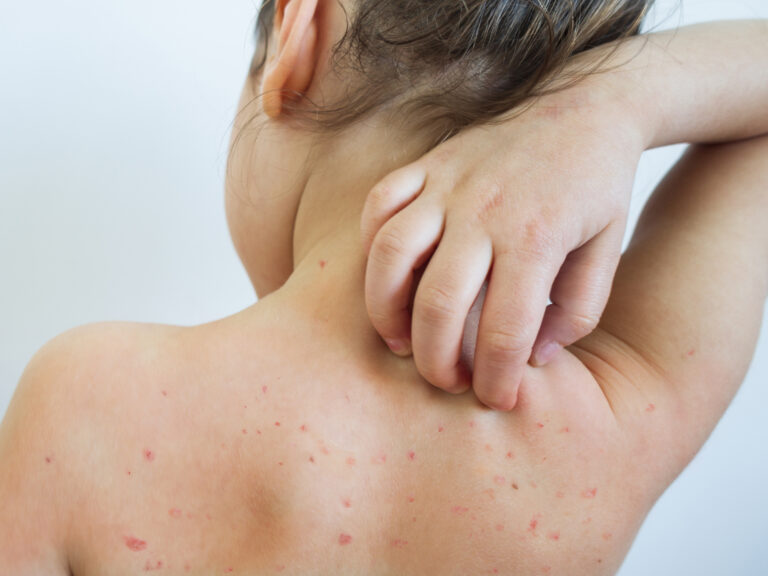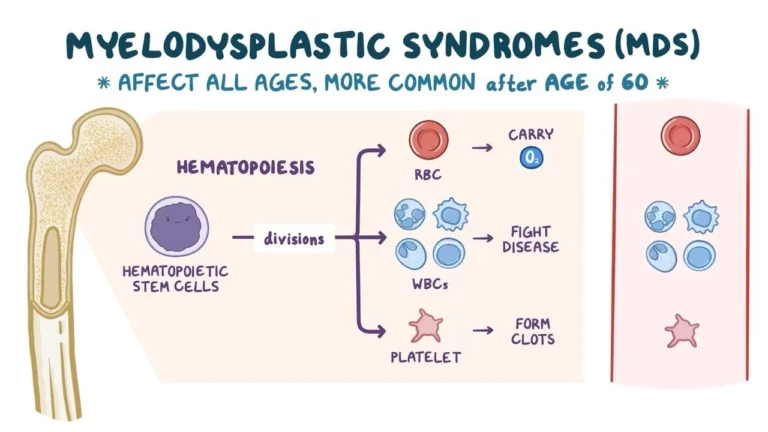Rubella: Causes and Treatments
Author: Rose Stella
Rose Stella
Category: Health
Tags: health, men's health, virus, rubella, women's health, child's health, measles
Rubella is a contagious viral infection characterized by a characteristic red rash. Also, it is a skin and lymph node infection that affects the majority of people. It’s also known as three-day measles or German measles. While most people will experience very minor symptoms or none at all, it can have catastrophic consequences for unborn children whose mothers become infected during pregnancy.
Rubella is not the same as measles, but there are some similarities between the two disorders, such as the red rash. Rubella is caused by a different virus than measles, and it isn’t nearly as contagious or dangerous. When humans inhale virus-infected fluid, it spreads.

It is highly preventable with the measles-mumps-rubella (MMR) vaccine. Rubella infection is infrequent or nonexistent in many regions. However, because the vaccination isn’t universally available, the virus continues to pose a major threat to kids whose mothers were infected while pregnant.
Before the rubella vaccine, outbreaks occurred every 6-9 years, usually among children aged 5 to 9, and numerous cases of congenital rubella were reported. There are substantially fewer incidences of rubella and congenital rubella thanks to inoculation.
In the United States, German measles is uncommon. The rubella vaccination was introduced in the late 1960s, and the prevalence of German measles decreased dramatically. In many other places of the world, however, the illness is still prevalent. It primarily affects children, particularly those aged 5 to 9, but it can also impact adults.
Even without treatment, German measles is usually a minor infection that goes away in a week. In pregnant women, however, it can be a dangerous illness because it can induce congenital rubella syndrome in the fetus. Congenital rubella syndrome can interfere with a baby’s development and result in catastrophic birth defects such as heart defects, deafness, and brain damage. If you’re pregnant and fear you have German measles, you should seek treatment very once.
Rubella’s Signs and Symptoms

Rubella in children is usually moderate. It may or may not create any symptoms.
The initial symptom of infection is usually a pink or red-spotted rash. It begins on the face and then spreads throughout the body. The rash lasts around three days.
You or your child may also have the following symptoms in addition to the rash:
- A moderate fever (between 99 and 100 degrees Fahrenheit)
- Swollen and rosy colored eyes (conjunctivitis)
- Headache
- glands swollen behind the ears and on the neck
- Nose stuffy and runny
- Cough
- Joint pain (more common in young women)
- Discomfort in general
- Swollen and enlarged lymph nodes are possible.
The signs of German measles are frequently so subtle that they go unnoticed. When symptoms do appear, they usually appear two to three weeks after the virus is first exposed.
German measles can cause ear infections and brain enlargement in some people. If you observe any of the following symptoms during or after a German measles infection, call your doctor right away.
Rubella Causes
Rubella is caused by a virus that can be transmitted from one person to another. When infected individual coughs or sneezes, the virus might spread. Direct contact with an infected person’s respiratory secretions, such as mucus, can potentially spread it. It is transmittable through the bloodstream from pregnant women to their unborn offspring.
A person infected with the rubella virus is contagious for one to two weeks before the rash emerges and for another one or two weeks after the rash has faded. Before a person recognizes he or she is sick, an infected individual might transmit the disease.
Rubella is uncommon in many nations since most children are vaccinated against it at a young age. The virus is still active in several regions of the world. This is important to think about before traveling abroad, especially if you’re expecting a child.
What is the treatment for rubella?
Rubella is typically mild, and there is no special therapy. The following treatments can help to alleviate symptoms:
- getting enough rest
- consuming plenty of fluids
- Using paracetamol to treat pain or fever
Although symptoms usually fade after 7 to 10 days, it is critical to avoid infecting others with the rubella virus. Adults should avoid employment for at least four days after the rash starts, or until fully recovered.
Children should avoid school for at least four days after the rash starts, or until fully recovered. The following is a list of common childhood illnesses, including rubella, as well as the suggested isolation periods. Anyone infected with rubella should stay away from pregnant women for at least one week after the rash begins.
Rubella Complications
The virus can transfer from mother to kid in the womb during pregnancy, making it the most dangerous of these. During the first three months of pregnancy, the risk is greatest.
Infected babies can develop catastrophic birth abnormalities known as congenital rubella syndrome (CRS). This is extremely rare in the United States, but it is possible for a baby to contract it if they travel to another nation where the virus is prevalent.
CRS is a range of health issues that can affect an infant and include:
- Heart problems
- Cataracts
- Deafness
- Delayed learning
- Damage to the liver and spleen
- Diabetes
- Thyroid issues
Some pregnant women who catch rubella suffer a miscarriage. In other circumstances, the baby dies soon after birth. Getting the vaccine is a way to keep your child safe. To become pregnant, you should wait at least 4 weeks after receiving the vaccine. You should not get the immunization if you are already pregnant.
Rubella can also create difficulties in non-pregnant women and men. It can cause joint pain in young girls and women (arthritis). This side effect normally goes away in two weeks, but a small percentage of women will have it for the rest of their lives. It is uncommon among men and children.
Treatment for Rubella

The majority of German measles cases are treatable at home. Your doctor may advise you to stay in bed and take acetaminophen (Tylenol), which can help relieve fever and aches. They may also advise you to stay at home from work or school to avoid transmitting the infection to others.
Pregnant women are given antibodies called hyperimmune globulin. This helps them fight the virus. This may assist to alleviate your problems. However, your kid is still at risk of developing congenital rubella syndrome. Babies born with congenital rubella will require the care of a multidisciplinary team. If you are concerned about transferring German measles to your newborn, consult your doctor.













